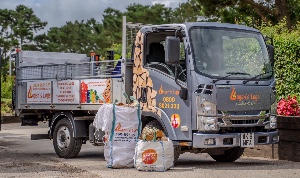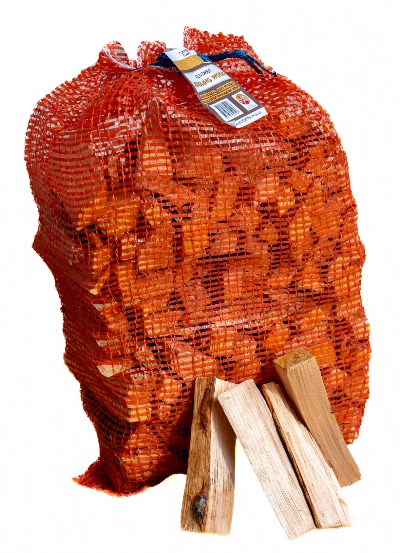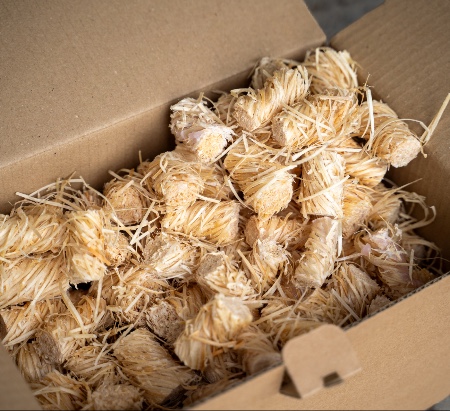What kind of wood should not be burned?
Not all wood is safe or suitable for burning. Some types can damage your stove, harm your health or break UK laws. Here are the main kinds of wood you should never put on your fire and the reasons why.
1. Wet or unseasoned (green) wood
Freshly cut logs contain a huge amount of moisture — often 40–60%. Burning wet wood causes:
- Excessive smoke and pollution
- Low heat output (most energy is wasted boiling water inside the log)
- Heavy soot and creosote buildup in your chimney
- Dirty stove glass
UK law now bans the sale of wet wood under the “Ready to Burn” regulations for this reason.
2. Painted, treated or chemically contaminated wood
Wood that has been treated, stained, varnished or painted is dangerous to burn. This includes:
- Old furniture
- Decking and fencing timber
- Builders’ offcuts
- Pallets treated with chemicals (look for “MB” stamps – avoid!)
When burned, these release toxic fumes such as formaldehyde, arsenic, chromium and solvents, which pose serious health risks and can corrode your stove or flue.
3. Driftwood
Driftwood soaked by seawater contains salt. When burned, it produces corrosive chlorine compounds that can damage steel flue liners and create hazardous fumes.
4. MDF, chipboard and plywood
These engineered woods contain glues, resins and chemicals that are not safe to inhale. Burning them produces toxic smoke and leaves sticky residues in your chimney.
5. Wood you don’t own or don’t have permission to take
Collecting firewood from parks, woodlands, verges or private land without permission is illegal in the UK. Even fallen branches belong to the landowner. Stick to legally sourced firewood from reputable suppliers.
6. Rotten or mouldy wood
Rotten logs burn poorly, give off little heat and often contain fungal spores that can be unpleasant or unsafe when inhaled.
The right wood to burn
For clean, efficient and safe heating, always choose kiln dried hardwood logs. They meet UK moisture standards, produce very little smoke, burn hot and clean, and won’t introduce harmful chemicals into your home.




